How to Validate a Product Idea Before Wasting Time and Money
how to validate a product idea: You have an idea. It’s brilliant, it’s innovative, and it just might change the world—or at least a small corner of it. — learn
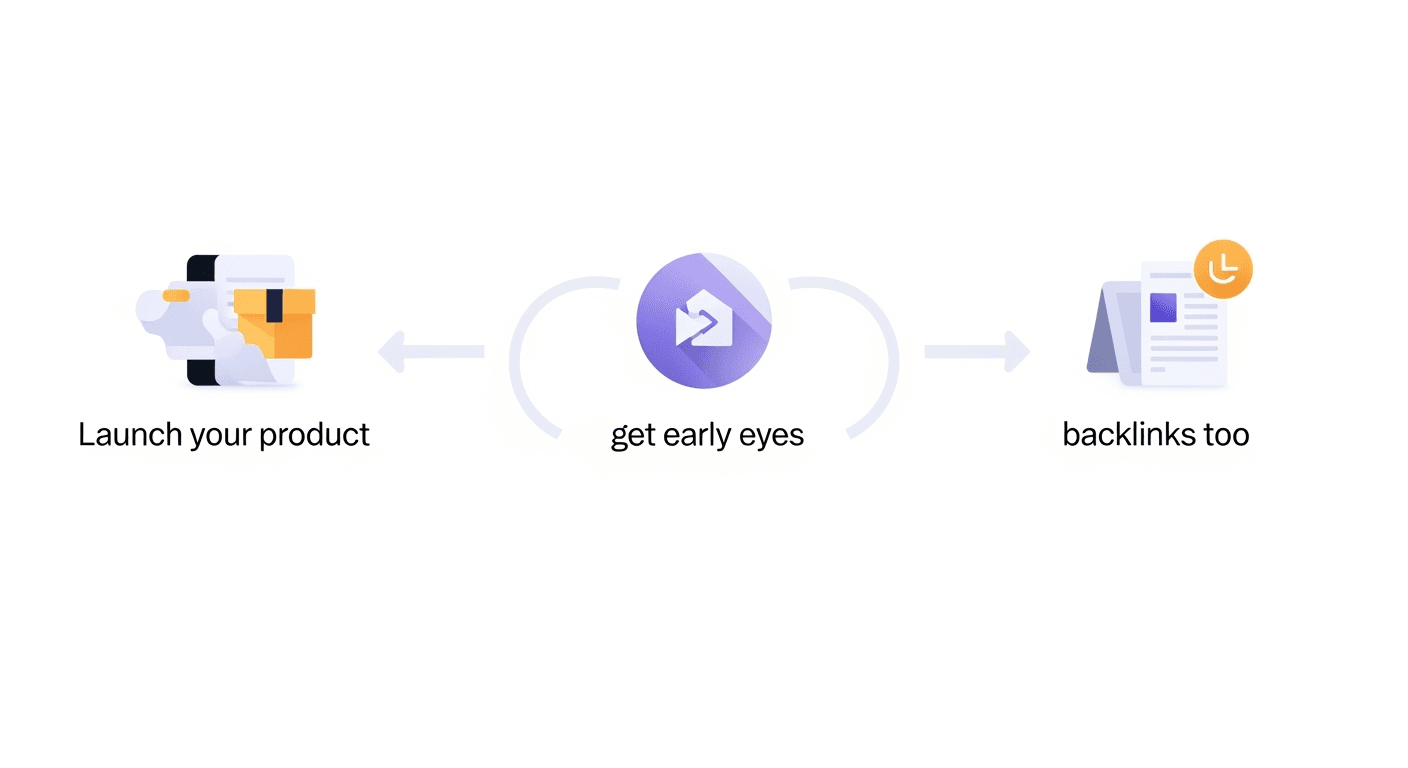
You have an idea. It’s brilliant, it’s innovative, and it just might change the world—or at least a small corner of it. But there’s a nagging voice in the back of your head asking a terrifying question: “What if I build this and nobody cares?”
This fear is the ghost that haunts every entrepreneur, indie maker, and startup founder. The good news? There's a way to exorcise it. Learning how to validate a product idea is the single most important skill that separates successful ventures from expensive hobbies. It’s not about finding people to tell you your idea is great; it’s about finding cold, hard evidence that a real problem exists and your solution is one people will actually pay for.
This guide will walk you through the essential, no-fluff steps on how to validate a product idea, from initial gut check to getting your first real-world feedback.
Table of Contents
- Why You Can't Afford to Skip Product Validation
- Phase 1: The Groundwork (Before You Talk to Anyone)
- Clearly Define Your Problem Hypothesis
- Scout the Competition (Your Future Allies and Rivals)
- Sketch Your Ideal Customer
- Phase 2: Low-Cost, High-Impact Validation Tests
- The Art of the Customer Discovery Interview
- Surveys: Gathering Data at Scale
- The Landing Page Test: Gauging True Intent
- Phase 3: Building an MVP and Getting Early Feedback
- What an MVP Really Is (and Isn't)
- Case Study: How Dropbox Validated with a Video
- The Launch: Getting Early Eyes and Feedback
- Phase 4: Analyze, Iterate, or Pivot
- Conclusion: Validation is a Journey, Not a Destination
- Recommended Videos
- Frequently Asked Questions (FAQs)
Why You Can't Afford to Skip Product Validation

Let’s get one thing straight: passion is not a business plan. You can be completely in love with your idea, but love doesn’t pay the server bills.
The data on this is painfully clear. According to research from CB Insights, the number one reason startups fail is "no market need". A staggering 35-42% of failed startups built a product that nobody wanted. They built a solution for a problem that wasn't a real problem, or wasn't painful enough for people to bother solving.
Thinking about how to validate a product idea isn't a frustrating roadblock; it's your compass. It's the process that steers you away from that startup graveyard and toward product-market fit. It saves you months (or years) of wasted effort, thousands of dollars, and a lot of heartache.
Phase 1: The Groundwork (Before You Talk to Anyone)
Before you rush out to ask people what they think, you need to get your own thoughts in order. This initial phase is about turning your vague idea into a testable hypothesis.
Clearly Define Your Problem Hypothesis
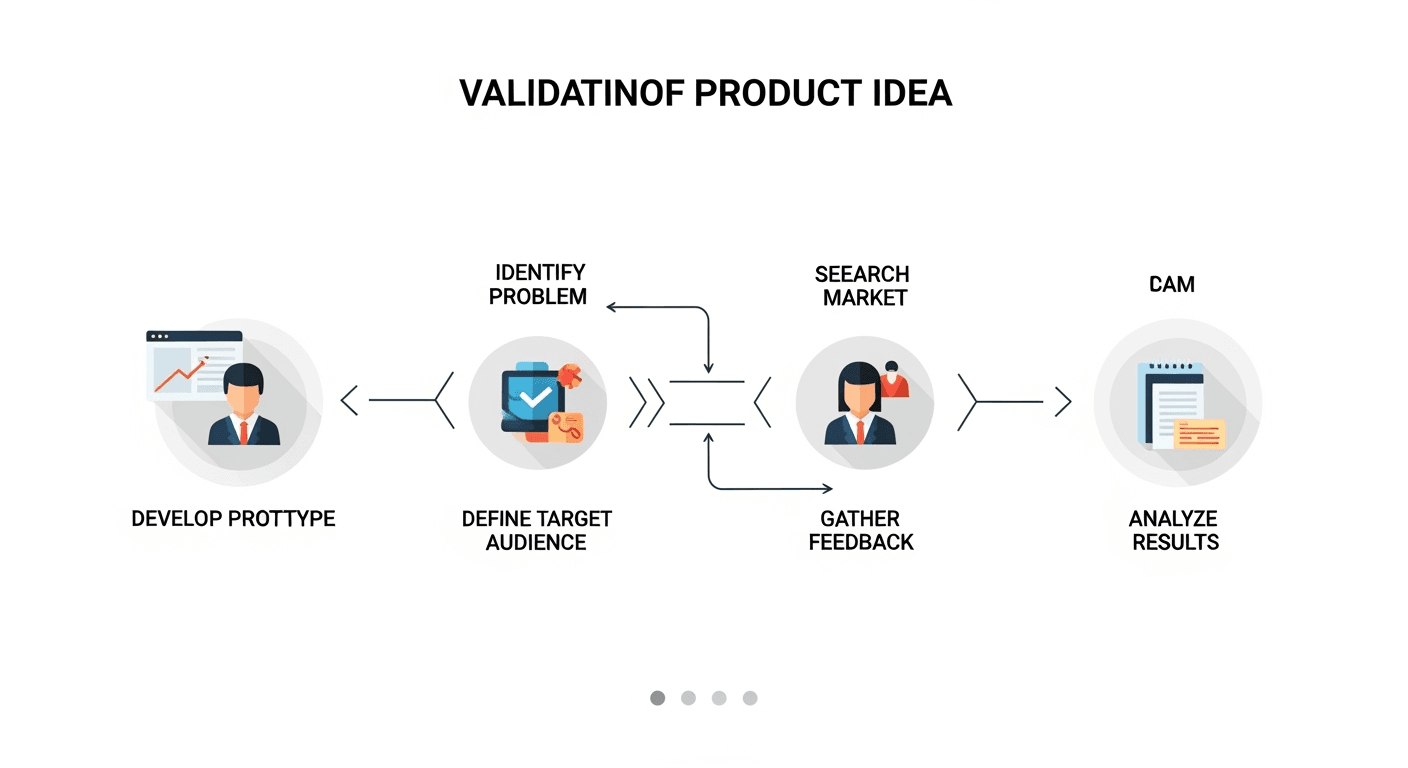
- I believe that [your target audience]
- struggles with [the specific problem]
- because [the underlying reason for the problem].
Example:
- I believe that indie makers in their first product launch phase
- struggle with getting initial traction and feedback
- because they don't have a pre-existing audience or an easy way to get visibility and SEO-boosting backlinks without paying fees.
This simple statement is now your "problem hypothesis." Every validation activity from here on out is designed to prove or disprove this statement.
Scout the Competition (Your Future Allies and Rivals)
No idea exists in a vacuum. Someone, somewhere, is trying to solve a similar problem. Your job is to find them. Don't be discouraged by competitors; their existence is actually a form of validation. It proves the market exists.
Action Steps:
- Identify Direct and Indirect Competitors: Direct competitors offer a similar solution. Indirect competitors solve the same problem with a different approach.
- Analyze Their Strengths and Weaknesses: What do they do well? Where are the gaps? Read their customer reviews—especially the negative ones. These are gold mines of unsolved problems.
- Look for the "Hacks": How are people solving this problem without a dedicated product? Are they using a messy combination of spreadsheets, emails, and duct tape? This is often where the best opportunities lie.
Sketch Your Ideal Customer
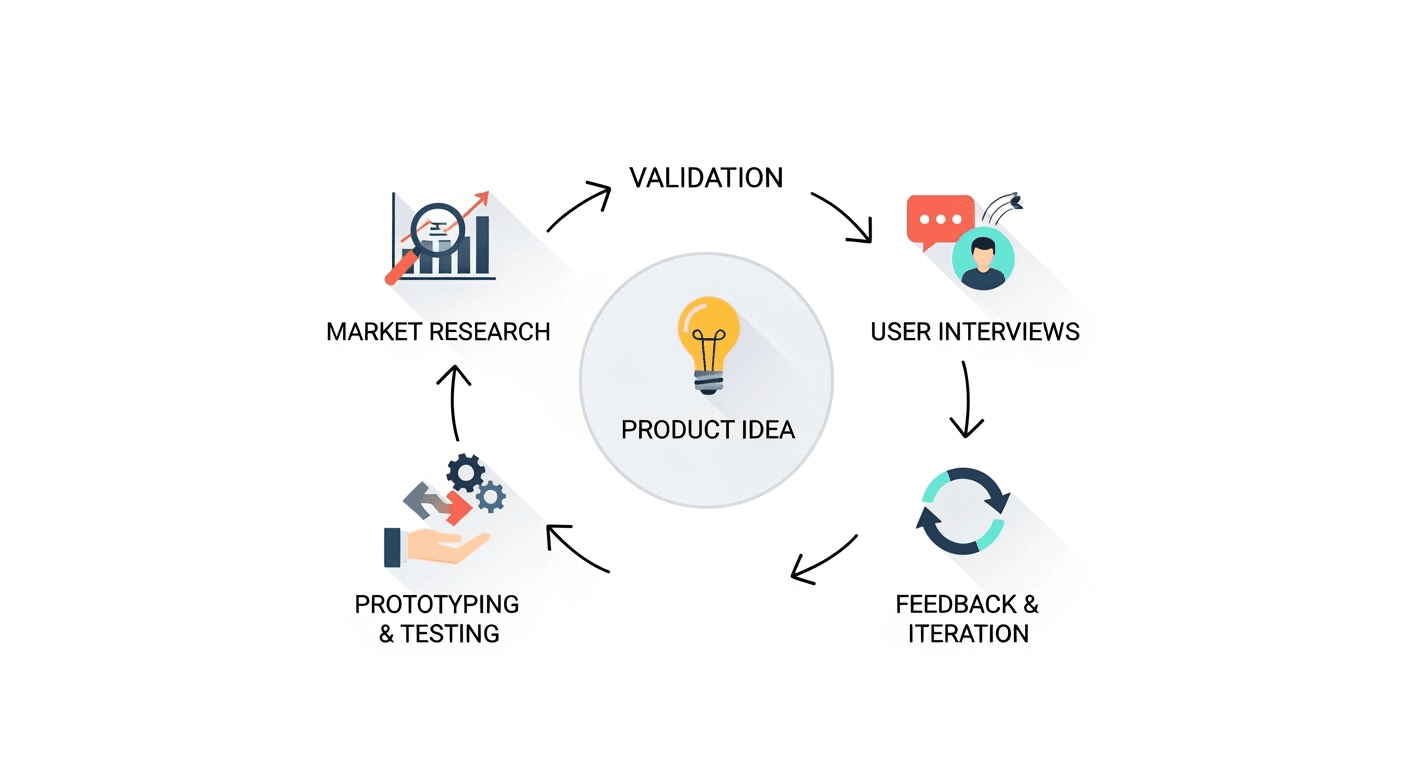
- Who are they? (e.g., solo founder, indie maker)
- What is their primary goal? (e.g., launch a product and get early users)
- What are their biggest frustrations related to that goal? (e.g., launching to crickets, no feedback, poor SEO)
This isn't a full-blown marketing persona, just a clear picture of the person you need to find and talk to.
Phase 2: Low-Cost, High-Impact Validation Tests
Now it's time to get out of your own head and interact with the real world. The goal here is to gather insights with the least amount of effort and money possible.
The Art of the Customer Discovery Interview
Talking to potential customers is the most crucial step in learning how to validate a product idea. But it's also the easiest to mess up. Your goal is not to sell your idea. It's to learn about their life and their problems.
What I'd tell a friend: Seriously, don't even mention your idea at first. Act like a detective trying to understand a mystery. The mystery is your customer's workflow and their biggest pains.
How to find people:
- Your Network: Start with friends, family, and colleagues who fit your ideal customer profile.
- Online Communities: Find relevant subreddits, Facebook groups, Slack channels, or forums where your target audience hangs out.
- LinkedIn: Search for people with specific job titles and send a polite, brief message asking for 15 minutes of their time to learn about their experiences.
Key questions to ask:
- "What's the hardest part about [achieving a specific goal]?"
- "Tell me about the last time you dealt with [the problem]. What did you do?"
- "What, if anything, have you tried to do to solve this problem?"
- "What don't you love about the solutions you've tried?"
Notice a pattern? These are open-ended questions about past behavior, not hypothetical questions about the future. Someone saying "I would totally buy that" is worthless. Someone telling you they spent 10 hours last month wrestling with a broken spreadsheet is a signal.
Surveys: Gathering Data at Scale
Once you've had a few insightful conversations and started to see patterns, surveys can help you quantify your findings. A simple survey can validate if the problems you identified are widespread.
Best Practices for Surveys:
- Keep it short: 5-7 questions maximum.
- Focus on the problem, not the solution.
- Use multiple-choice questions for easy analysis, with one or two open-ended questions for deeper insights.
- Tools: Google Forms (https://www.google.com/forms/about/) is free and powerful. For more advanced features, look into SurveyMonkey (https://www.surveymonkey.com/).


The Landing Page Test: Gauging True Intent
This is where you move from what people say to what people do. A landing page test is a classic and highly effective way to measure real interest.
How it works:
- Create a simple one-page website. Use a tool like Carrd (https://carrd.co/) or Webflow (https://webflow.com/).
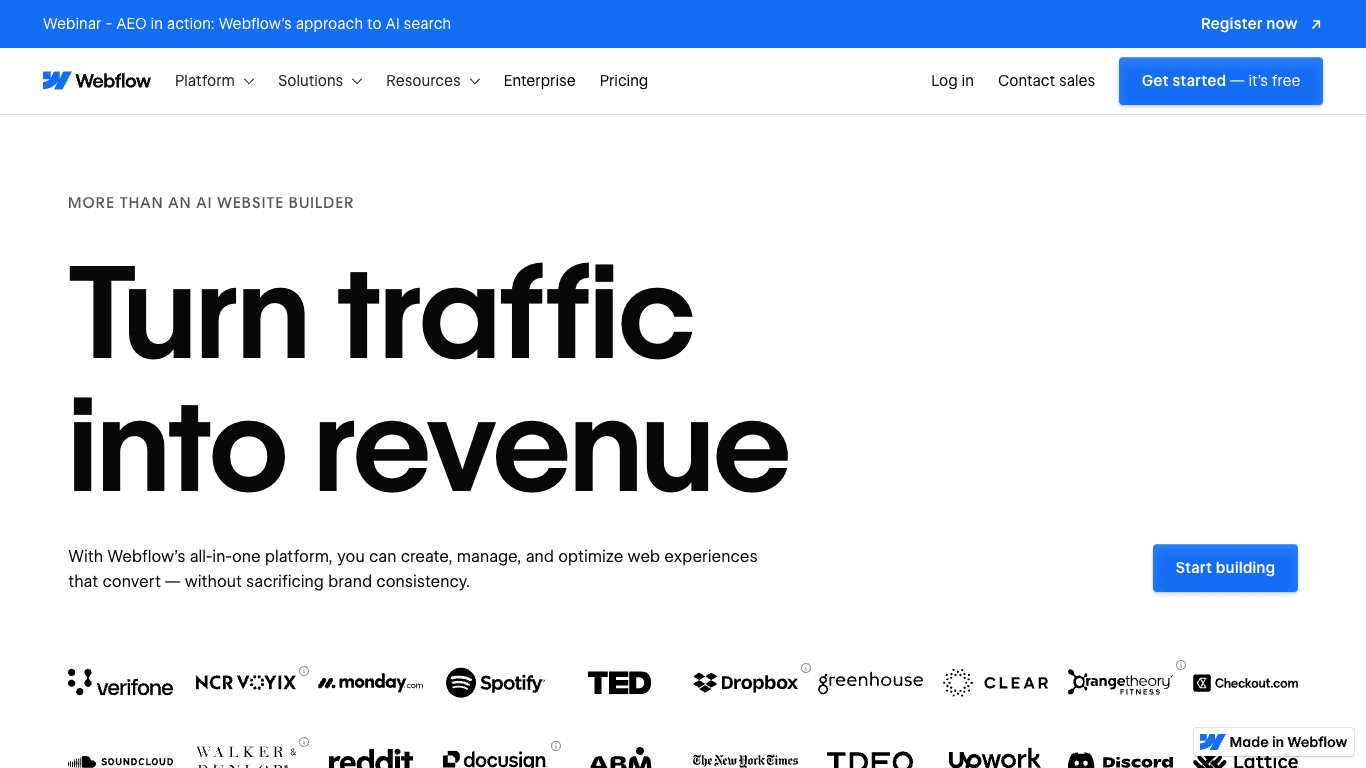
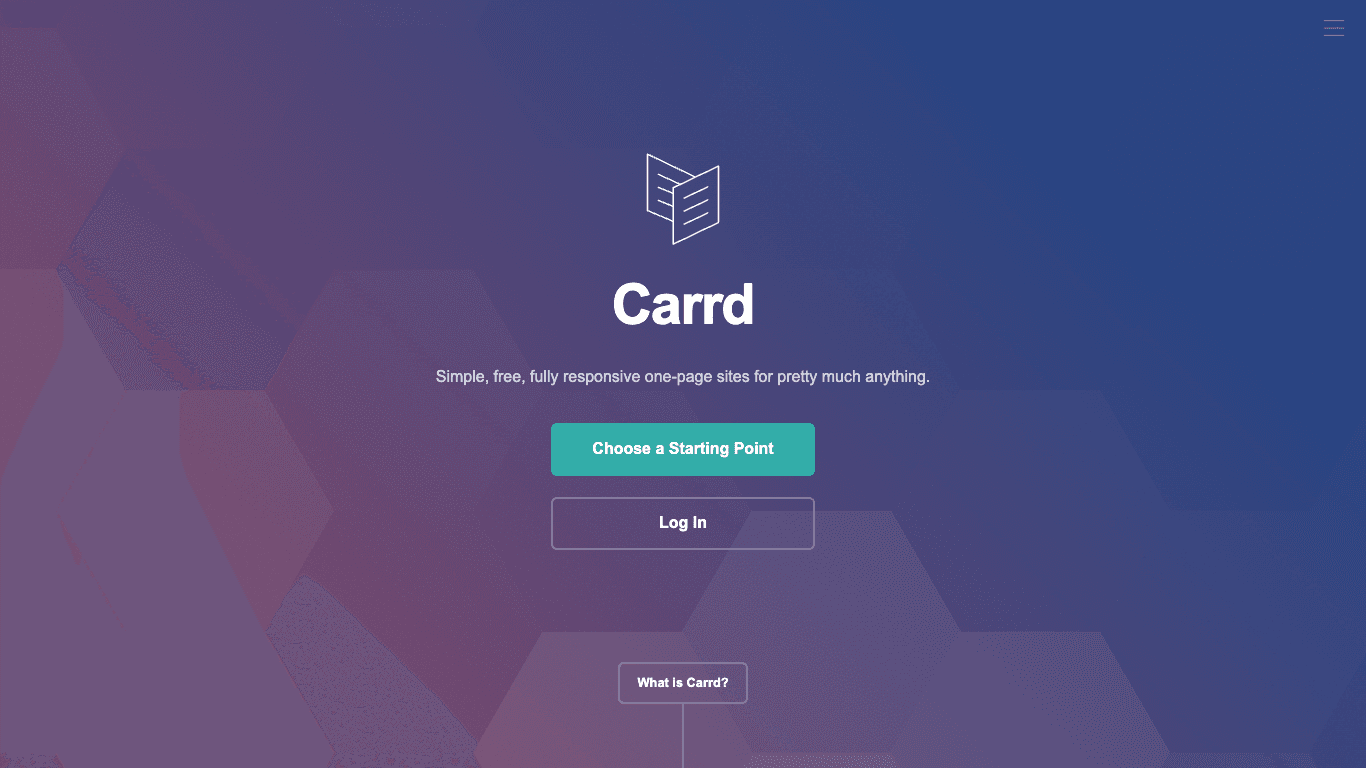
- Write a compelling value proposition. Clearly state the problem you solve and the benefit you provide.
Get our free checklist: Improve your group's communication in 10 minutes.
Download now to reduce friction and talk more naturally.
- Drive traffic to the page. Share the link in the same online communities you visited for interviews or run a small, targeted ad campaign.
The conversion rate—the percentage of visitors who leave their email—is a powerful indicator of market demand. Anything above 10% is generally considered a strong signal of interest.
Phase 3: Building an MVP and Getting Early Feedback
If your low-fidelity tests show promise, it's time to build something tangible. But not the whole thing. You need a Minimum Viable Product (MVP).
What an MVP Really Is (and Isn't)
An MVP is not a crappy version of your final product. It is the version of your product that allows you to collect the maximum amount of validated learning about customers with the least effort. Its primary purpose is to test your core assumption.
An MVP can take many forms:
- A "Wizard of Oz" MVP, where you manually perform the functions of the product behind the scenes.
- A "Concierge" MVP, where you provide a high-touch, manual service for your first few users.
- A single-feature product that does one thing exceptionally well.
The key is to focus on the "viable" part. It needs to solve a real problem for the user, even in its most basic form.
Case Study: How Dropbox Validated with a Video
One of the most famous MVP examples is Dropbox (https://www.dropbox.com). Building a fully functional file-syncing product was technically complex and expensive. Instead of building it, founder Drew Houston created a simple explainer video.

The video demonstrated how Dropbox would work. It was simple, clear, and targeted at tech-savvy early adopters. They posted it on Hacker News and other forums. The result? Their beta waitlist exploded from 5,000 to 75,000 people overnight. They had overwhelming proof of market need before writing a single line of production code. This is a masterclass in how to validate a product idea efficiently.
The Launch: Getting Early Eyes and Feedback
You've built your MVP. Now what? You need to get it in front of early adopters. This is a critical moment for validation, but it's also where many indie makers hit the "cold start" problem: launching to an audience of zero.
Traditional launch platforms can be intimidating, require existing connections, or don't offer lasting benefits. This is a significant pain point for new builders who need visibility, feedback, and a way to build long-term assets like SEO.
Here's a comparison of a few options for getting those crucial first users:
| Platform | Best For | Cost | Key Benefit | SEO Value |
|---|---|---|---|---|
| Product Hunt | Established products with polish | Free | Massive day-one visibility | Low (links are no-follow) |
| BetaList | Pre-launch startups | Free & Paid Options | Audience of early adopters | Low (links are no-follow) |
| ShipSquad (shipsquad.space) | First-time launchers, indie makers | Free | Early feedback, visibility, AND quality backlinks | High (builds domain authority) |
Featured Solution: ShipSquad
For early-stage builders, knowing how to validate a product idea is tied directly to getting real-world feedback without breaking the bank. This is where a platform like ShipSquad (shipsquad.space) is uniquely positioned to help.
The biggest challenge after building an MVP isn't the product; it's the silence. ShipSquad was built specifically to solve this problem. It's a free platform where you can:
- Launch your product to a community of fellow builders and early adopters who are eager to try new things.
- Get crucial early feedback to help you iterate and improve.
- Earn valuable backlinks from users, which helps build your website's credibility with search engines from day one.
This last point is a game-changer. While a one-day launch on other platforms is great, building your SEO is a long-term investment in sustainable growth. ShipSquad helps you do both simultaneously.
Ready to get early eyes, feedback, and backlinks for your new product? Launch for free on ShipSquad.
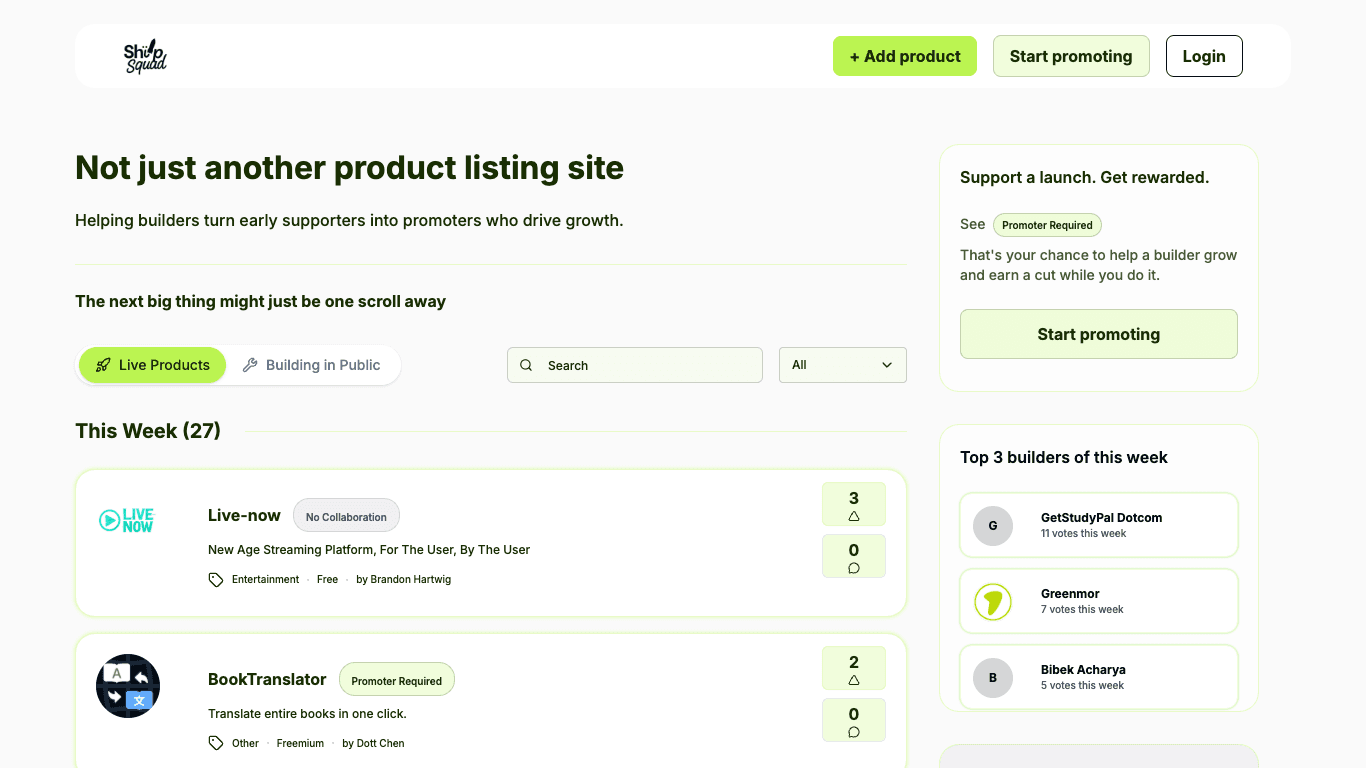
Phase 4: Analyze, Iterate, or Pivot
Validation is a continuous loop: Build -> Measure -> Learn. After you launch your MVP, you'll be flooded with data—user feedback, usage metrics, conversations.
Your job is to analyze this information and make a decision:
- Persevere: The feedback is positive, and you're on the right track. Double down and keep improving.
- Iterate: Your core hypothesis is correct, but the solution needs tweaking. Make changes based on feedback and test again.
- Pivot: The feedback shows your core hypothesis was wrong. The problem isn't real, or your solution is completely off. It's time to take what you've learned and apply it to a new problem hypothesis.
Pivoting isn't failure. It's a strategic change in direction based on validated learning. It's the ultimate outcome of a successful validation process.
Conclusion: Validation is a Journey, Not a Destination
Learning how to validate a product idea is less a checklist and more a mindset. It's about maintaining curiosity, prioritizing learning over being right, and having the humility to listen to your market.
By starting with conversations, using low-cost tests to gauge intent, and launching an MVP on a supportive platform, you dramatically increase your odds of success. You replace risky assumptions with real-world evidence.
For indie makers and early-stage founders, the journey from idea to traction is challenging. Platforms like ShipSquad (shipsquad.space) are designed to bridge that gap, providing not just a launchpad but a foundation for long-term growth through feedback and SEO. Stop building in the dark. Go out and validate.
Recommended Videos
- How To Validate Your Startup Idea - Michael Seibel
- The Mom Test: How to talk to customers & learn if your business is a good idea
Frequently Asked Questions (FAQs)
1. How much does it cost to validate a product idea?
It can be virtually free. Talking to people, running surveys with Google Forms, and posting in online communities costs nothing but your time. Even a landing page test can be done for under $20. The goal of early validation is to learn as much as possible for as little money as possible.
2. How many people do I need to talk to for my idea to be "validated"?
There's no magic number. You're looking for patterns. Typically, after 5-10 in-depth interviews with people from your target audience, you'll start to hear the same problems and frustrations repeatedly. That's a strong signal you're onto something.
3. What if I get negative feedback?
Negative feedback is a gift! It's far more valuable than polite encouragement. It helps you see the flaws in your assumptions early, allowing you to pivot or iterate before you've invested significant resources. Celebrate it.
4. Can I validate my idea without an audience?
Absolutely. In fact, that's the point for most founders. Use online communities, targeted outreach on LinkedIn, and platforms like ShipSquad to get in front of the right people when you're starting from scratch.
5. What's the difference between market research and product validation?
Market research is broad; it's about understanding the industry, trends, and competitors (e.g., "The market for project management tools is growing at 10% per year"). Product validation is specific; it's about proving that your specific solution for a specific problem is desired by a specific audience.
6. When should I stop validating and just build the product?
Validation is a continuous process, but you should move to building an MVP once you have strong signals from your initial tests. If you have people signing up for a waitlist, positive feedback from problem-focused interviews, and a clear understanding of the customer's pain, it's time to build the simplest possible version of your solution to continue the learning process.